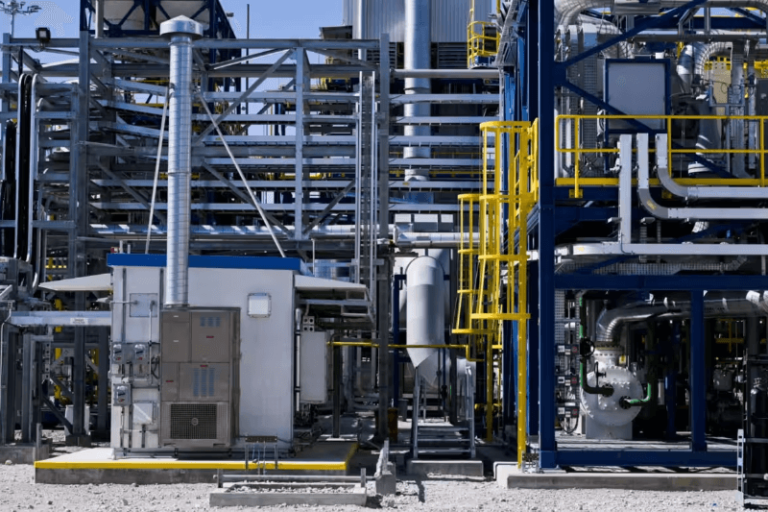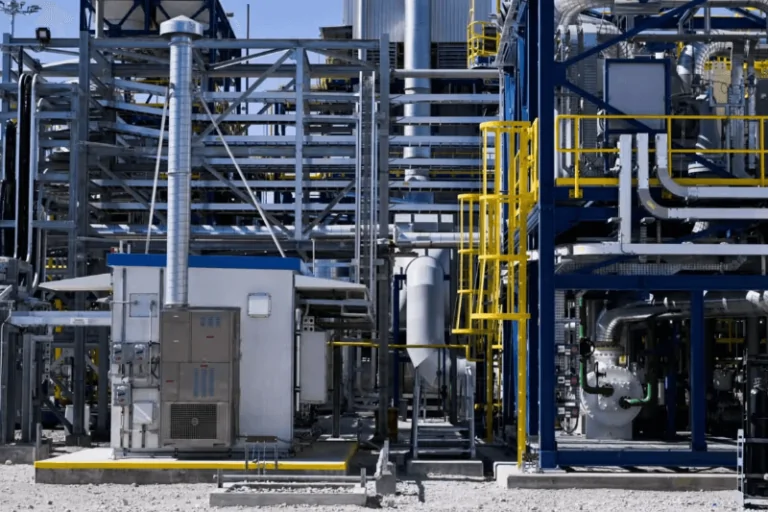

image 800x533 (7)
United Arab Emirates will invest $23 billion over five years in next-generation low-carbon energy, such as hydrogen and ammonia, to capture 5% of the world’s clean hydrogen production by 2030, a senior Abu Dhabi National Oil Company (ADNOC) official told Nikkei.
As ADNOC continues to develop oil and natural gas, it will produce hydrogen and ammonia in the United Arab Emirates and the US state of Texas, according to Musabbeh Al Kaabi, executive director of the company’s low-carbon division.
The company has high hopes for hydrogen and ammonia as next-generation energy sources, as they do not emit greenhouse gases when burnt. The company will produce blue hydrogen (derived from fossil fuels and producing low greenhouse gas emissions, but not yet on a large scale) and green hydrogen (derived from renewable energies).
The ADNOC project will transform these two types of hydrogen into ammonia, which is easier to transport and export to countries such as Japan, South Korea and Europe. World production of low-carbon hydrogen is expected to reach 38 million tonnes a year by 2030.
Japan’s government is considering promoting ammonia imports.
The UAE also plans to capture and store up to 10 million tonnes of carbon dioxide per year by 2030, equivalent to the annual emissions of around 2.4 million passenger cars. Kaabi said the country already operates facilities that capture 800,000 tonnes a year and has decided to market projects with a total capacity of 3 million tonnes a year.
As developed countries aim for zero net emissions by 2050, emerging countries are experiencing rapid growth in energy demand, which could lead to the continued use of fossil fuels beyond this year. United Arab Emirates is seeking to balance a dual strategy of fossil fuel production and low-carbon energy supply.
Al Kaabi says that offshore oil fields will be electrified to reduce greenhouse gas emissions from oil production.
Around $4 billion is to be invested in the installation of undersea power cables to transmit electricity from renewable energy sources and nuclear power stations to oil production facilities.
Rob Walter Resigns his Position as coach for the Proteas men's team for white-ball games because personal problems needed attention.…
Starting April 2, South African drivers will get lower costs when filling their tanks as fuel prices decrease for all…
The U.S.-based driver training company Zutobi analyzed road safety worldwide and found South Africa stays last in driving danger since…
The Basketball Africa League (BAL) returns for its 2025 season with exciting changes and developments. Since 2019 the NBA-linked basketball…
The Somali president supports their military forces to eliminate the threats from Al-Shabaab, ISIS, and Al-Qaeda. The Somali National Army…
UAE President Sheikh Mohamed bin Zayed Al Nahyan held talks with President Faustin Archange Touadéra of the Central African Republic…
This website uses cookies.